Analyzing Queer Representation And Family Dynamics In The Wedding Banquet
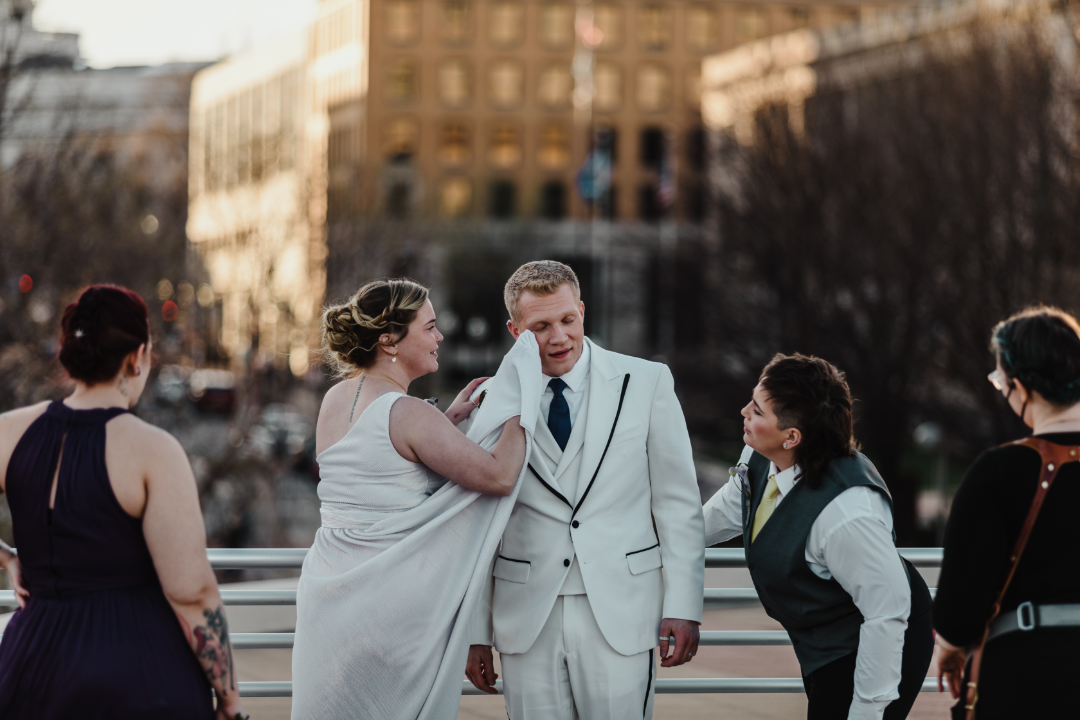
Table of Contents
Challenging Traditional Family Structures in The Wedding Banquet
The film masterfully depicts the clash between individual desires and deeply ingrained cultural expectations. The very foundation of the narrative rests on the subversion of traditional family structures.
The Performance of Heterosexuality
Wai-Tung's sham marriage to Wei-Wei exemplifies the immense pressure to conform to heteronormativity. This "sham marriage" is not merely a plot device; it's a visceral representation of the societal expectations placed upon first-generation immigrants attempting to assimilate into Western culture while still honoring their family's traditional values.
- The pressure to marry and produce grandchildren – a cornerstone of filial piety – forces Wai-Tung into a performance of heterosexuality.
- This performance carries immense emotional weight, highlighting the burden of hiding one's true identity to appease family expectations.
- The film effectively uses the concept of a "sham marriage" to expose the absurdity and inherent cruelty of heteronormative pressures, particularly within immigrant communities.
Parental Expectations and Generational Conflict
The generational conflict between Wai-Tung and his parents encapsulates the heart of the film's thematic concerns. The parents, deeply rooted in traditional Chinese family values, eagerly anticipate grandchildren, viewing marriage as the ultimate fulfillment of filial piety. This desire clashes sharply with Wai-Tung's own desires and his burgeoning relationship with Simon.
- The parents' unwavering belief in traditional marriage and family structures creates an insurmountable obstacle for Wai-Tung.
- The film poignantly portrays the emotional toll of suppressing one's true self to meet parental expectations, highlighting the complexities of the immigrant experience.
- The conflict between filial piety and self-acceptance forms the emotional core of the narrative, making the film both relatable and deeply moving.
The Complexities of Family Secrets and Deception
The film explores the emotional impact of living a double life, marked by deception and carefully guarded family secrets. Wai-Tung's secret relationship with Simon creates a palpable tension that permeates the family dynamic.
- The constant need for secrecy takes a psychological toll on Wai-Tung, intensifying the conflict between his personal desires and familial expectations.
- The film effectively demonstrates how secrets and deceptions can erode trust and complicate already fragile family relationships.
- The weight of these hidden identities underscores the film's exploration of the emotional burden of living an inauthentic life to satisfy societal pressures.
Subtle and Nuanced Queer Representation in The Wedding Banquet
While the film avoids explicit labels, it employs subtle and nuanced methods to convey Wai-Tung's queer identity. This approach, while reflective of the limitations of representing queerness in a conservative cultural context, adds a layer of complexity and realism to the narrative.
Wai-Tung's Unspoken Desires
The unspoken emotions between Wai-Tung and Simon are central to the film's exploration of queer identity. Their interactions, filled with subtext and coded language, communicate a depth of feeling that transcends the limitations of explicit representation.
- The film's use of implicit queerness allows for a more sensitive and relatable portrayal of a gay man navigating a hostile cultural environment.
- The unspoken desires and subtle gestures between Wai-Tung and Simon create a powerful sense of longing and unspoken connection.
- This nuanced approach to queer representation makes the film both accessible and thought-provoking for a wider audience.
Simon's Character and His Role in Challenging Expectations
Simon acts as a catalyst for change in Wai-Tung's life, forcing him to confront his true feelings and challenge societal expectations. His character, although portrayed with limited screen time, is crucial to the film's narrative arc.
- Simon's unwavering authenticity and his open expression of affection challenge the rigid norms of Wai-Tung's family and culture.
- His presence serves as a constant reminder of the authenticity Wai-Tung has been suppressing.
- Simon's role in the narrative underscores the importance of self-acceptance and the power of genuine human connection.
The Film's Avoidance of Explicit Labels and Its Impact
The Wedding Banquet's avoidance of explicit labels concerning Wai-Tung's sexuality is a deliberate artistic choice. This decision reflects the complexities of queer identity in a culture where open expression is not always possible.
- The ambiguity allows for a more universal interpretation of the film's themes, broadening its appeal and relevance to a wider audience.
- The film's implicit representation of queerness allows for viewers to project their own experiences and understandings onto the narrative.
- This approach, while potentially frustrating for some viewers seeking explicit representation, enriches the film's thematic depth and ensures its enduring relevance.
The Wedding Banquet as a Commentary on Cultural Identity and Assimilation
The Wedding Banquet transcends its portrayal of queer identity; it is a powerful commentary on the complexities of cultural identity and the challenges of assimilation.
Negotiating Cultural Identities
The film poignantly depicts the struggle to navigate two vastly different cultures, highlighting the inherent conflict between tradition and modernity, family expectations and personal desires.
- Wai-Tung's experience highlights the challenges faced by many first-generation immigrants trying to balance their cultural heritage with the demands of a new society.
- The film's exploration of cultural hybridity emphasizes the constant negotiation between different cultural identities.
- This negotiation is integral to understanding Wai-Tung's internal conflict and his struggle to reconcile his identity with his family's expectations.
The Role of Assimilation and Its Impact on Identity
The pressures of assimilation are a crucial theme, impacting Wai-Tung's self-perception and his relationship with his family. The film subtly critiques the homogenizing forces of assimilation while acknowledging the desire to belong and achieve success in a new land.
- The film's nuanced portrayal of assimilation avoids simplistic narratives, acknowledging both its benefits and its potential pitfalls.
- The film underscores the importance of preserving cultural heritage while also integrating into a new society.
- This complexity makes the film's commentary on assimilation relevant to immigrant experiences across diverse cultural settings.
The Significance of the Wedding as a Cultural Event and Symbol
The wedding banquet itself serves as a powerful symbol, representing the culmination of cultural expectations and the weight of tradition. The celebratory event becomes a site of both joy and simmering conflict, reflecting the tension between outward conformity and internal desires.
- The wedding symbolizes the family's desire for social acceptance and the fulfillment of traditional roles within the community.
- Ironically, the wedding becomes a catalyst for Wai-Tung's eventual self-acceptance and a move towards authenticity.
- The film cleverly utilizes the wedding as a dramatic backdrop to highlight the conflict between cultural expectations and personal truth.
Conclusion: Understanding Queer Representation and Family Dynamics in The Wedding Banquet
Ang Lee's The Wedding Banquet offers a nuanced and enduring exploration of queer representation and family dynamics, deftly navigating the complexities of cultural identity, assimilation, and the challenges of reconciling personal desires with familial expectations. The film’s subtle yet powerful portrayal of Wai-Tung’s journey highlights the emotional toll of living a double life and the importance of self-acceptance. It's a testament to the power of cinematic storytelling to illuminate universal themes of love, family, and the search for identity. Continue the conversation about queer representation and family dynamics by watching and analyzing Ang Lee's The Wedding Banquet and sharing your thoughts.

Featured Posts
-
 Honoring Emily Warren Roebling Her Crucial Role In Building The Brooklyn Bridge
May 18, 2025
Honoring Emily Warren Roebling Her Crucial Role In Building The Brooklyn Bridge
May 18, 2025 -
 Account Of Stephen Millers Actions Insights From A Former Associate
May 18, 2025
Account Of Stephen Millers Actions Insights From A Former Associate
May 18, 2025 -
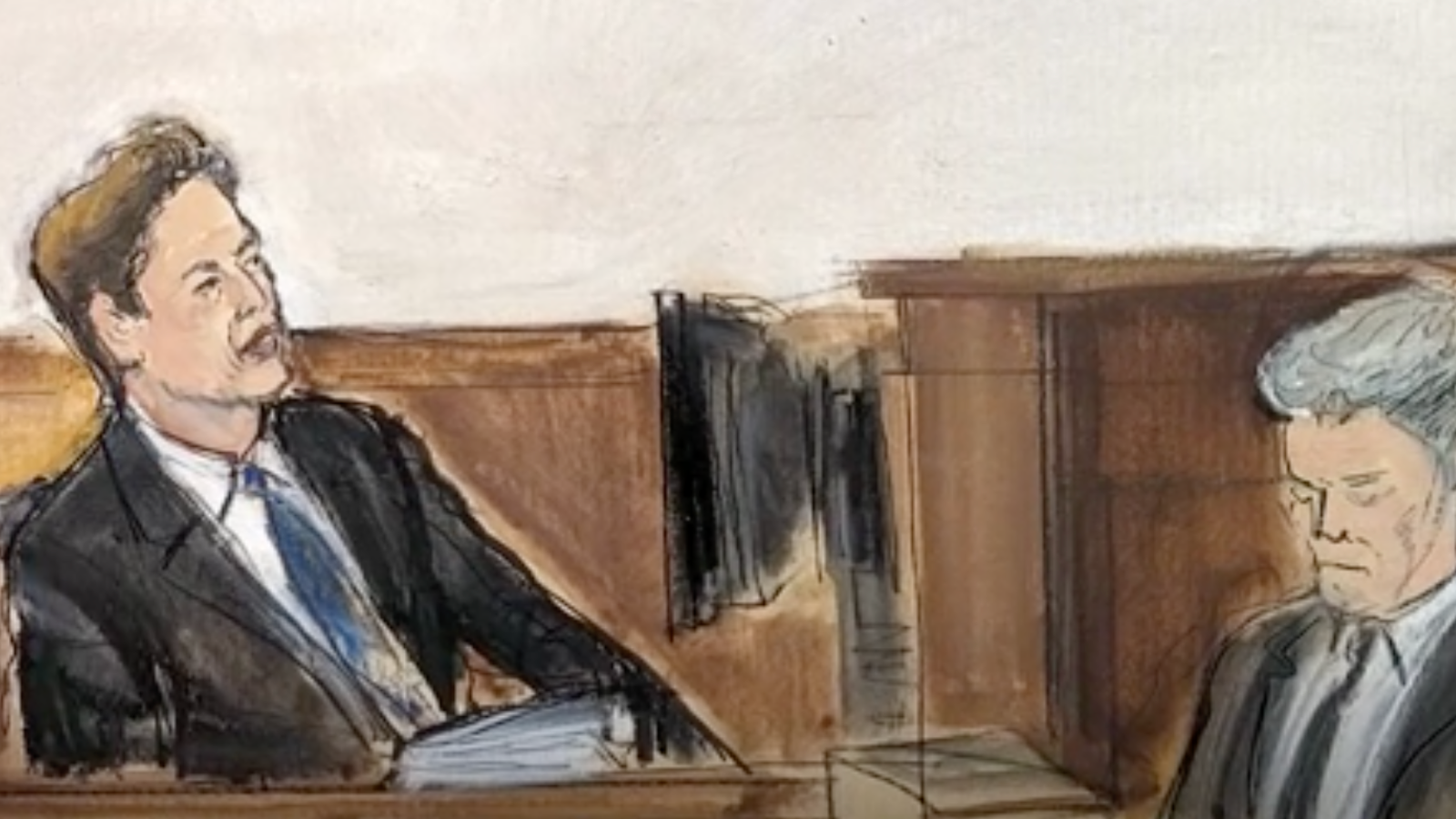 Tesla Seeks To Block Shareholder Litigation Post Musk Compensation Deal
May 18, 2025
Tesla Seeks To Block Shareholder Litigation Post Musk Compensation Deal
May 18, 2025 -
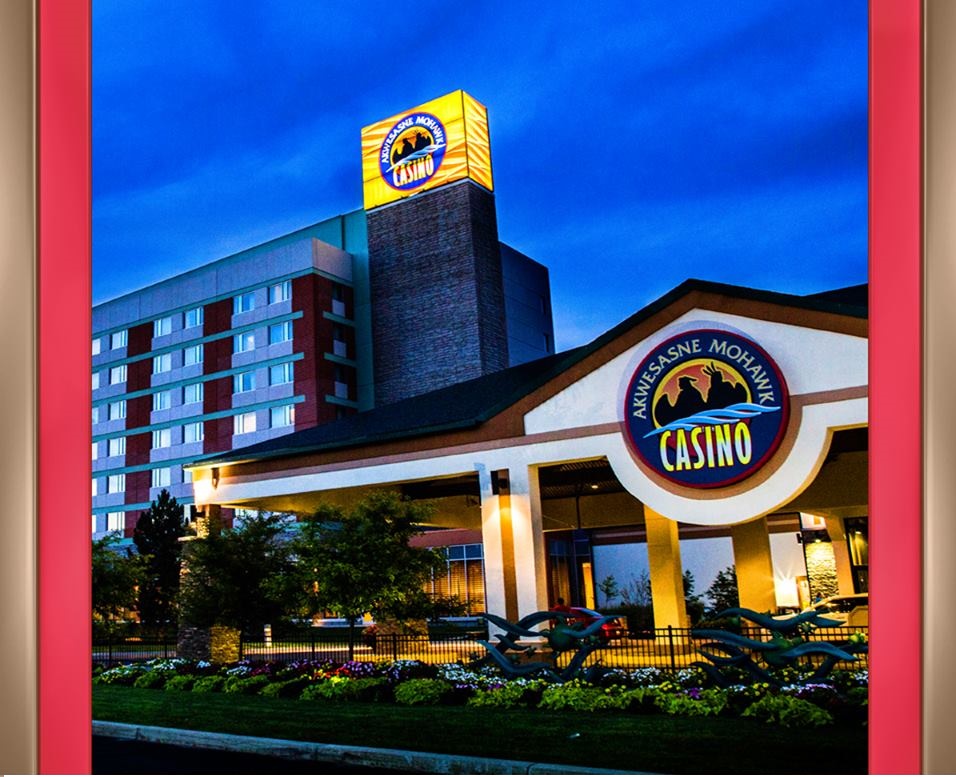 Mohawk Council Faces 220 Million Lawsuit From Kahnawake Casino Owners
May 18, 2025
Mohawk Council Faces 220 Million Lawsuit From Kahnawake Casino Owners
May 18, 2025 -
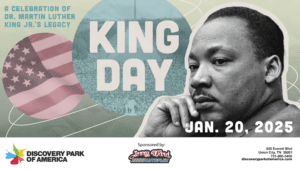 Majority Plan King Day Celebrations But 22 Seek Holidays End
May 18, 2025
Majority Plan King Day Celebrations But 22 Seek Holidays End
May 18, 2025
Latest Posts
-
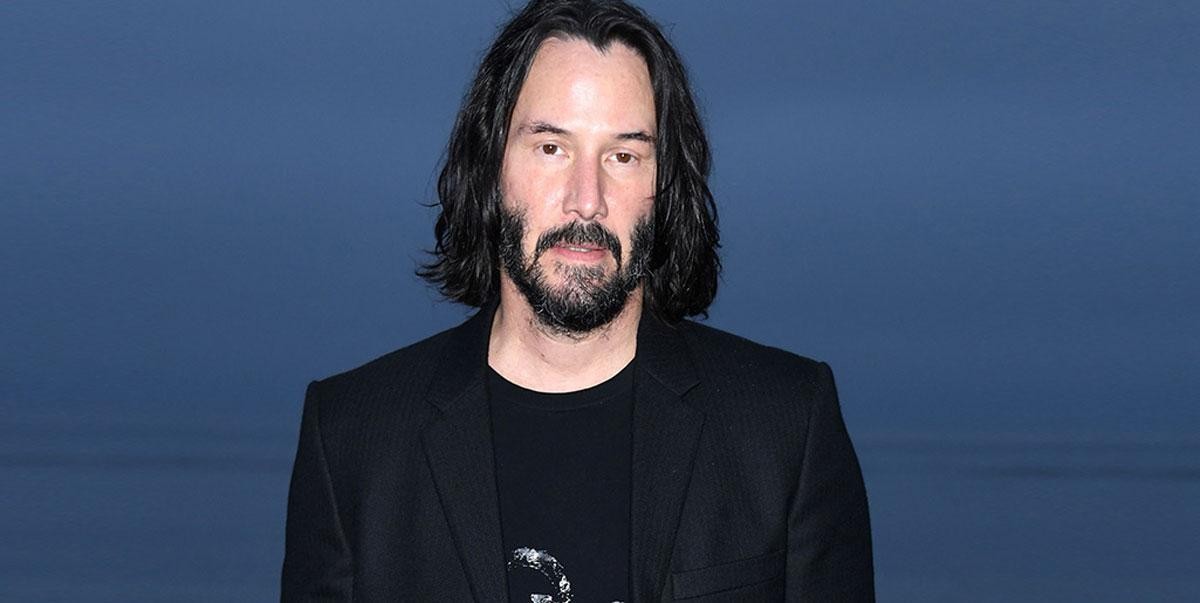 Djokovic In Yasina Meydan Okuyan Performansi 37 Yasinda Zirvede
May 18, 2025
Djokovic In Yasina Meydan Okuyan Performansi 37 Yasinda Zirvede
May 18, 2025 -
 Best Crypto Casinos 2025 Jackbit Leads The Pack
May 18, 2025
Best Crypto Casinos 2025 Jackbit Leads The Pack
May 18, 2025 -
 Dokovicev Uticaj Mensikova Prica O Uspehu I Zahvalnosti
May 18, 2025
Dokovicev Uticaj Mensikova Prica O Uspehu I Zahvalnosti
May 18, 2025 -
 37 Yasindaki Djokovic Yillarin Oetesinde Bir Performans
May 18, 2025
37 Yasindaki Djokovic Yillarin Oetesinde Bir Performans
May 18, 2025 -
 Mensikov Pehar I Zahvalnost Sta Je Dokovic Ucinio Za Njega
May 18, 2025
Mensikov Pehar I Zahvalnost Sta Je Dokovic Ucinio Za Njega
May 18, 2025
